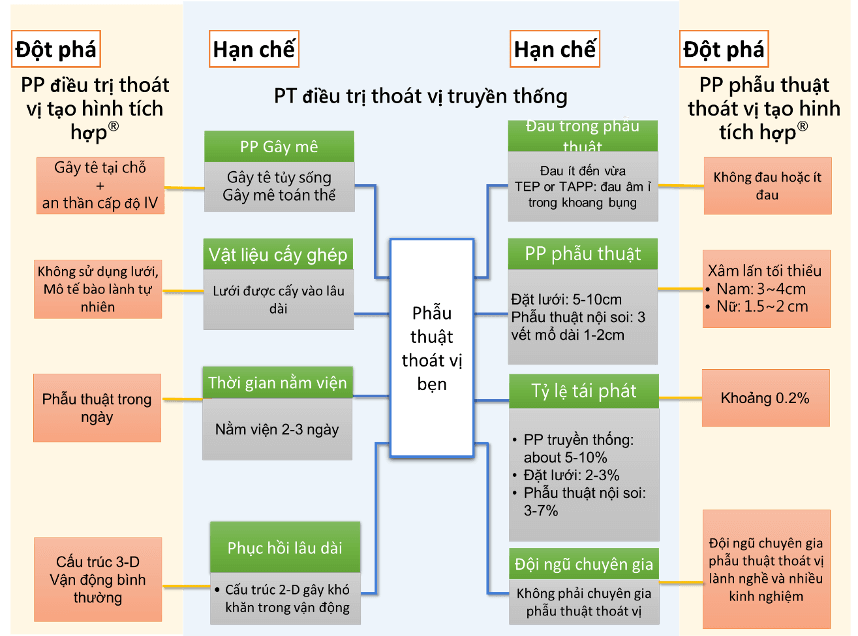Contact Us
Our website will state that the effects of our medical treatment could vary depending on each individual’s health condition. We can not guarantee the results to be the same for each patient as mentioned in the testimonials.
Central Clinic and Hospital
Taipei Hernia Center
12F, No. 77, Sec. 4, Chung-Hsiao E Rd.,
Taipei City 106, Taiwan
(MRT Zhongxiao Fuxing Station)
Taiwan 0800-580-137
Oversea +886 912245137
Central Clinic and Hospital


